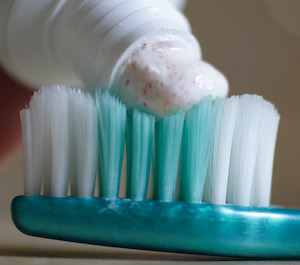It only took them 50 years.
A first-of-its-kind ruling on the health risks of the tooth-strengthening chemical fluoride could open the floodgates to an influx of other efforts to compel EPA action, creating uncertainty for the agency, experts say.
The decision — precedent-setting for Toxic Substances Control Act citizen petitions — represents a rare occasion in which a judge disagreed with federal officials on the science, forcing EPA to regulate against its wishes.
Fluoride in drinking water — at levels public health officials consider “optimal” for preventing tooth decay — “poses an unreasonable risk of reduced IQ in children,” Senior Judge Edward Chen wrote in his Sept. 24 decision out of the U.S. District Court for the Northern District of California. EENews
(11/15) Fluoride in water is claimed to be beneficial for dental health. But long-term exposure to fluoride has been linked to thyroid dysfunction, which can slow down metabolism and lead to a lower IQ as this study shows. Fluoride is more harmful than they want you to believe. pic.twitter.com/ZBXU5RArUr
— Dr. Simon Goddek (@goddeketal) October 13, 2024
Initially, fluoride was introduced into public water supplies in the mid-20th century as a public health measure to prevent tooth decay. This was based on the understanding that fluoride could strengthen tooth enamel and make it more resistant to acid, thereby reducing cavities. This practice was widely accepted and praised by health organizations like the CDC, which listed water fluoridation as one of the ten great public health achievements of the 20th century.
Over time, concerns began to emerge regarding fluoride’s systemic effects beyond dental health. Research started exploring potential adverse effects like dental fluorosis (mottling of teeth), skeletal fluorosis (affecting bones), and more controversially, impacts on brain development:
- Dental and Skeletal Fluorosis: While dental fluorosis is mostly cosmetic and only severe cases affect dental health, skeletal fluorosis can lead to pain and damage to bones and joints at high exposure levels.
- Neurological Effects: Recent studies, including those discussed in 2024, have linked higher levels of fluoride exposure to subtle decreases in IQ in children. This has sparked a significant debate about what constitutes “safe” levels of fluoride, especially in drinking water.
Conversely, many dental professionals and health organizations still support fluoridation at controlled levels, especially when topically applied, citing its effectiveness in preventing tooth decay, especially in lower socio-economic groups where dental care might be less accessible.
